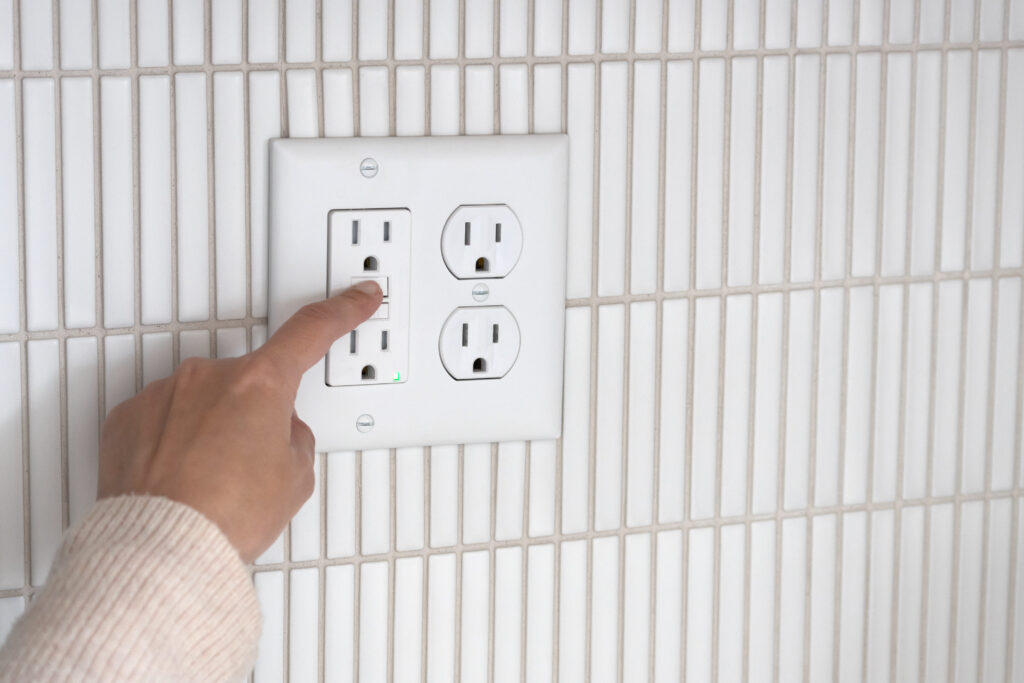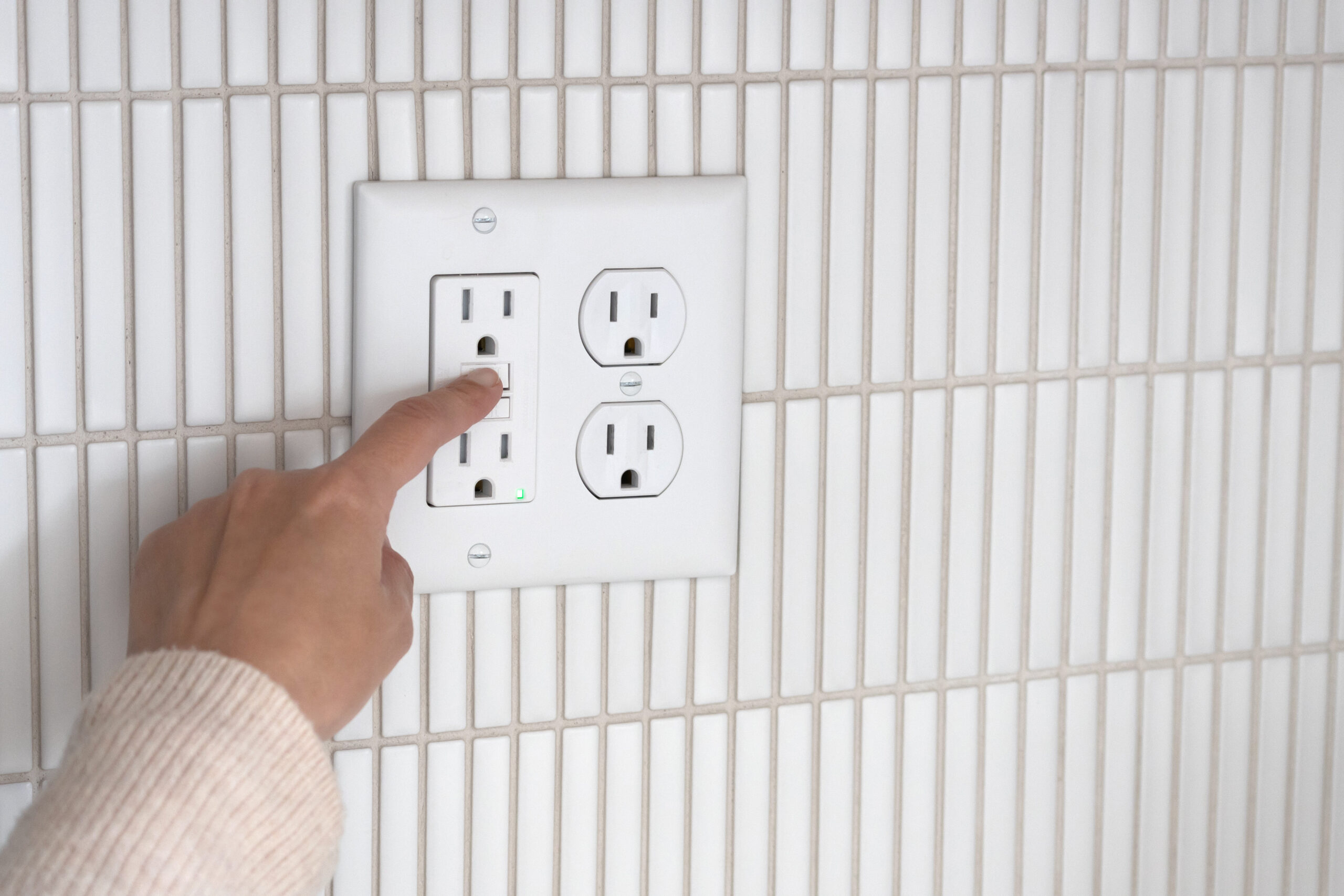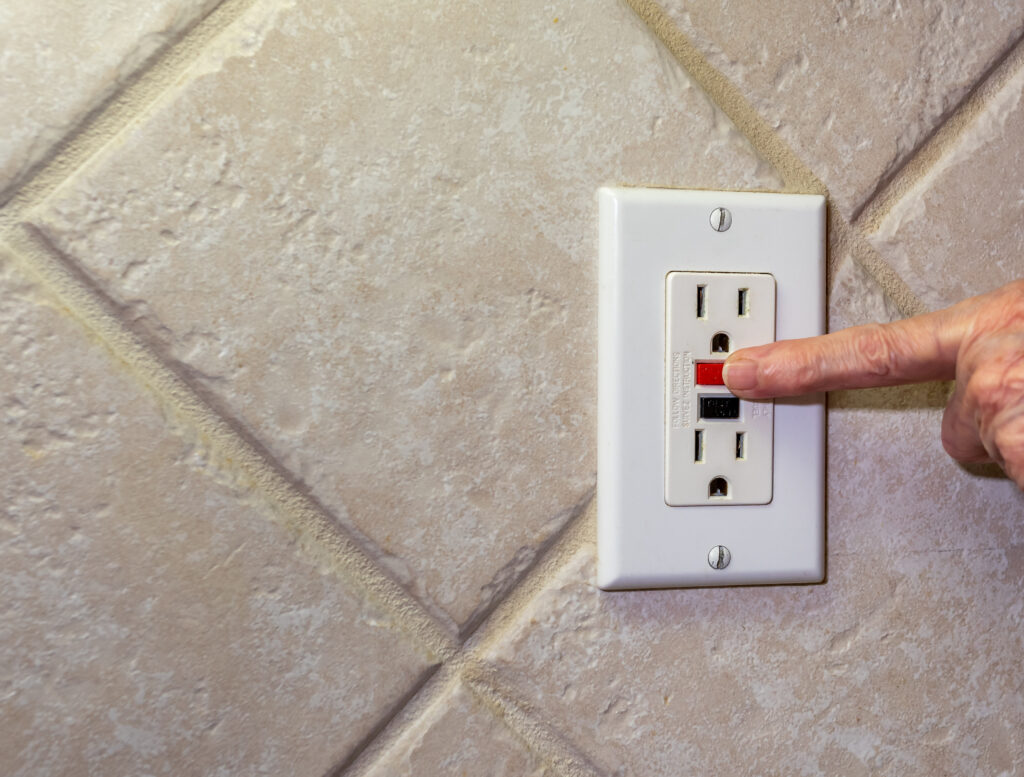Reset Button Outlets: What They Are, Why You Need Them, and When to Push the Button
Okay, picture this: you’re blow-drying your hair, the light flickers, and boom—your bathroom outlet just quit on you. You jiggle the plug like that’s going to do something (it’s not), start turning switches on and off, and then see it—a small red or black button on the outlet. That little guy is a GFCI reset button outlet, and it’s working exactly how it’s supposed to. But what is it really? Why is it there? And should you be worried if it keeps tripping? Let’s unpack it before you start chasing invisible ghosts in your walls.
What Is a Reset Button Outlet, and How Does It Actually Work?
So, “reset button outlet” is really just the more understandable way of saying Ground Fault Circuit Interrupter outlet—or GFCI outlet. These are the outlets with the two little buttons in the middle, usually labeled “Test” and “Reset.” You’ll find them in bathrooms, kitchens, laundry rooms, garages—basically anywhere electricity and water could be a messy mix.
Here’s the deal: a GFCI outlet constantly monitors the electrical current flowing in a circuit. If it detects even a teeny-tiny difference in the current—think milliamps—it assumes electricity is leaking somewhere it shouldn’t be. Like, oh I don’t know, through your toaster and into your hand. In the blink of an eye, it cuts power to that outlet. No sparks, no flames, no electrocution. Just a silently heroic trip of the circuit. And yes, you just need to hit that reset button to get things back to normal.
Benefits of GFCI Outlets That Go Way Beyond Water Safety
Yes, they’re lifesavers—literally. But GFCI outlets aren’t just about making sure your home meets electrical code. They’re part of creating a safer, smarter home. Think of them like a fire alarm for your wires—without the beeping. They’re especially helpful in homes with curious kiddos, older wiring, or appliances that pull tricky amounts of power. Also, they help reduce the risk of fires caused by ground faults. So even if your daily routine doesn’t involve underwater hair-drying, these things are essential.
They also help isolate electrical hiccups. If an appliance like a curling iron trips the GFCI, that doesn’t shut off your whole breaker panel. It’s a local trip—easy to find, easy to fix. That means less downtime, fewer electrician visits, and less mystery troubleshooting.
Common Drawbacks and Annoying Misconceptions About GFCI Outlets
Alright, not everything sparkles. For one, these outlets can be a little… dramatic. Some GFCIs are more sensitive than others and trip if you even look at them funny. Humidity, power surges, or appliances with motors—like garbage disposals or vacuums—can trigger a shutdown. It’s not a fault; it’s a feature. But yeah, it can be kind of a hassle if it keeps happening.
Other times, people honestly just forget that the outlet has a reset function. They might assume the entire circuit or appliance is broken when all they needed to do was press that tiny red button. And sure, pressing the reset button doesn’t fix everything. If it trips again right away, you’ve probably got a deeper issue—short circuit? bad wiring? gremlins? Time to call in a professional.
How to Reset a Tripped Outlet Like a Home Repair Pro (Even If You’re Not One)
Honestly, resetting a GFCI outlet is as easy as boiling pasta. Find the outlet (sometimes it’s not the one you’re using, so check nearby ones too; they’re sneaky like that), press the “Reset” button, and listen for the click. That’s it. Appliance should fire right back up, assuming there’s no bigger issue. Still dead? Nudge the “Test” button, then the “Reset” again, just to refresh things.
If you’ve got outlets downstream from the tripped one (meaning other outlets connected to it), those might be dead too. So resetting one might bring back power to a few spots. It’s kind of wild how many times people think their coffee maker died when it was all because of a GFCI hidden behind the fridge. Look for those test and reset buttons—it’s like an electrical scavenger hunt.
When Repeated Tripping Means It’s Time to Investigate
If your GFCI outlet keeps tripping, it’s trying to tell you something. Possibly that it’s worn out (they don’t last forever), or that there’s genuinely dangerous current leakage. Appliances with heating elements—think space heaters or air fryers—are especially good at triggering these. So don’t ignore a persistent trip. And don’t just keep resetting it without checking what caused it. That’s like putting duct tape on a smoke alarm. Temporary fix. Long-term regret.
The Connection Between GFCI Outlets and Home Warranties
Here’s where this gets interesting. Many homeowners realize too late that electrical issues—like faulty GFCI outlets or unsafe wiring—aren’t cheap to fix. And they’re not always covered under your standard insurance policy either. A comprehensive home warranty can help pick up where insurance stops. If your GFCI outlet fails completely or signals a larger electrical problem, a home warranty can get a qualified tech to your home without the whole wallet-emptying dance. Pretty smart, right?
Protect Your Home’s Electrical Safety with Armadillo
At the end of the day, your home’s safety is a team sport—and GFCI outlets are your quiet MVPs. They protect your family from shock, prevent fires, and play nice with your appliances. But they’re not invincible, and when something goes wrong, it can turn your living room into a lightless, device-less cave. That’s where Armadillo has your back. A home warranty plan from Armadillo helps cover not just outlets, but entire home systems and appliances, putting real pros on the front lines of your home’s defense. Curious what we cover? Take a look at our homepage here: https://www.armadillo.one. Ready to get protection in place? You can explore your plan options and zip-based pricing right now at https://app.armadillo.one/plan-builder?current=zip. Because life happens—even when you’re blow-drying your hair. And Armadillo makes sure your next reset is just a button away.


























